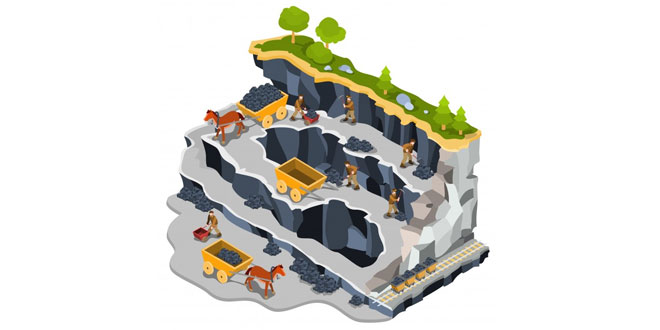Question: What are the important uses of coke?
Answer: Important uses of coke are listed below:
- It is a good fuel and burns with no smoke.
- It is used to reduce metal oxides, to get the metals.
- It is also used to manufacture gaseous fuels like producer gas by passing air through red hot coke, and water gas by passing steam over white hot coke.
Question: How was petroleum formed?
Answer: Petroleum was formed from Dead Sea animals buried under the earth’s crust over millions of years.
Question: Name four important products of petroleum and give their uses.
Answer:
Question: How is destructive distillation of coal carried out? What are the products obtained and their main uses?
Answer: Destructive distillation of coal is carried out by heating coal strongly to 1000 °C in the absence of air. It yields various useful organic and inorganic products. The products obtained and their uses are listed below:
- Coke: (a) It is used metal from ores (b) it is used to manufacture producer gas and water gas.
- Coal gas: It was earlier used for domestic cooking and lightning, but is not much used now.
- Coal tar: used to make pesticides, explosives, perfumes, etc.
- Ammonium compounds: making nitrogenous fertilizers.
Question: How is refining of petroleum carried out? Name the important products obtained.
Answer: Refining of petroleum is carried out in a petroleum refinery.
- Crude oil is first heated to about 400 °C in a furnace. The vapors formed are passed into a tall fractionating tower.
- The hydrocarbons with the highest boiling points condense first. They get collected near the base of the fractionating tower.
- As the vapour rises, the hydrocarbons with lower boiling points condense at different heights.
- They get separated in the fractionating tower to form the different fractions.
- The various fractions obtained are petroleum gas, gasoline and naphtha, kerosene and light oil, heavy oil and residue.
 Class Notes NCERT Solutions for CBSE Students
Class Notes NCERT Solutions for CBSE Students


